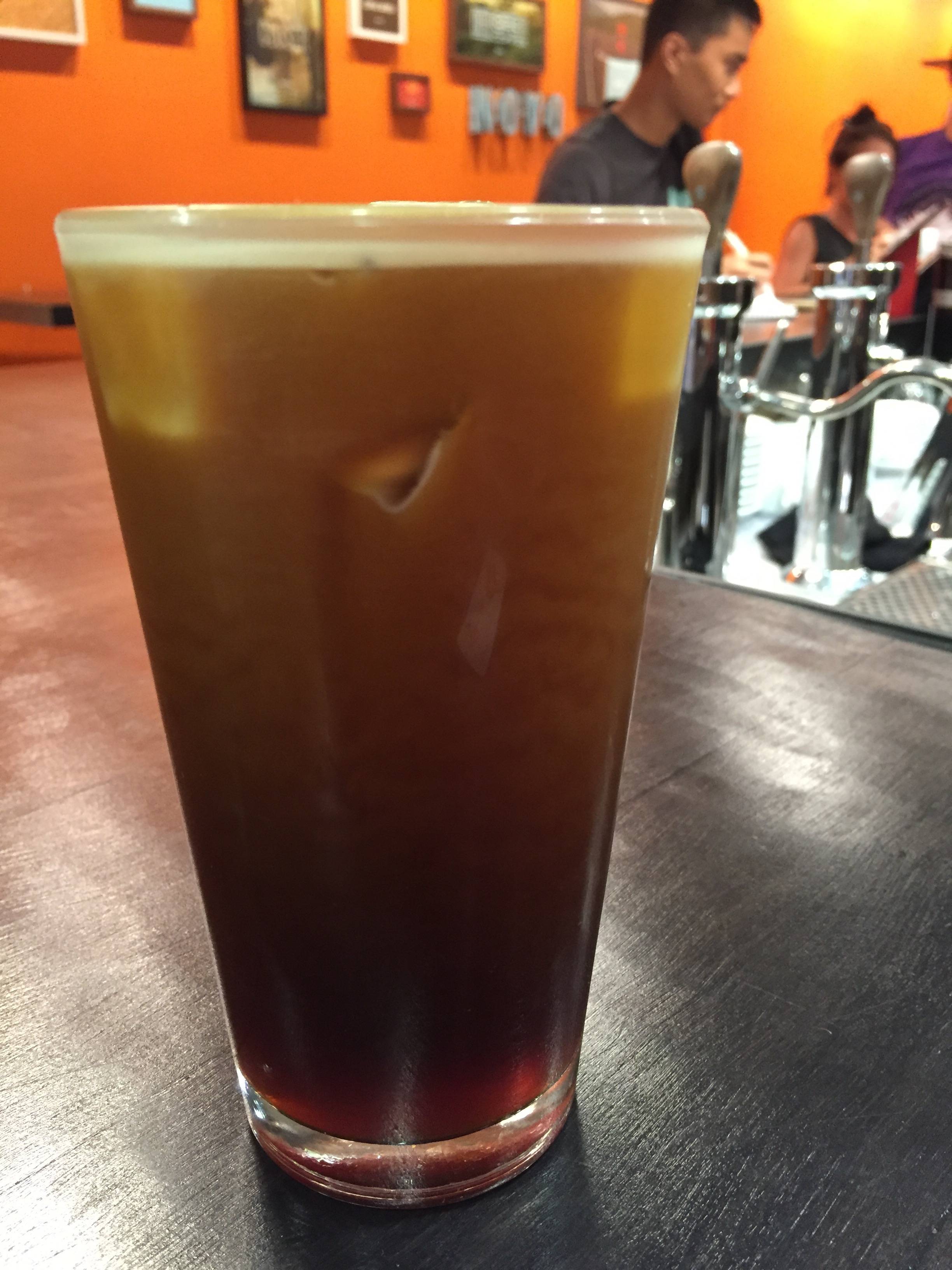Hey All:
Hoping I can help shed some light on this discussion with the caveat that we're still in testing. However, we've gotten some very encouraging results.
We're currently working with a coffee shop to R&D nitro cold brew for both mobile applications (they often do catering and sell at fairs/farmer's markets) and as a moveable behind-the-counter solution. This shop hasn't done nitro coffee yet, but would like to ASAP. I can't say that we've developed expertise, but I think we've found a process that that is delivering consistent quality.
Our Setup
We're using a fairly standard short-draw system (5' 3/16" ID beer line) on 100% nitrogen with a Corny keg. We chose this for two reasons: 1) the coffee shop owner did not want to alter the taste of the coffee and found that the CO2 added a bitterness that was unpleasant; and 2) we're using a small (1.5lb/6cuft) tank that easily fits into our existing PortaBeer mobile draft platform. Note that it's very difficult to get a true 75/25 mixture in a tank under 20# (I strongly suggest you test your gas if you've heard otherwise from your suppliers).
We're using cold brew coffee with no particular unique characteristics. Nothing else is being added to the coffee. We're pouring 5 gallons into each keg. Additionally, we're refrigerating the keg for approximately 24 hours after filling the kegs (roughly 34 degrees) before we're testing.
Our Results
We've successfully poured the following:
- Still iced coffee - This can be poured at 3-6 psi on pure nitrogen (or pure CO2 if the keg is going to go quickly, <8 hours). It can also be poured on high-pressure nitrogen through a stout faucet at 30+ psi, but there is no cascade/head to speak of (except for below).
- Cascade effect - We *have* been able to achieve a Guinness-like cascade with 100% nitrogen. The process is fairly simple: 1) we're pressurizing the keg to 45 psi; 2) we're shaking it for approximately two minutes while still connected to the tank at 45 psi; 3) we're pouring at 35 psi through a stout faucet anywhere from immediately following the shaking to 24 hours after shaking.
This is the result of our latest test:
We realize that there might be an allergy to the shaking method. In our research, we've found a system that will do the nitrogen infusion without shaking. However, the cost of that system ranges between $3k and $4k. We anticipate that the cost of our system will be in the $1,200-$1,400 range. The coffee shops we've spoken with have said that there is not a significant enough value difference between the shaking vs. no shaking method to justify the minimum $1,600 price difference.
The working theory we've developed is the following:
- I don't believe that there is enough CO2 in the ambient air to account for the cascade, though I easily could be underestimating how little CO2 it takes to produce the effect.
- We've not tested longevity of the cascade effect after shaking, however it seems fairly stable 24 hours later. My guess is that keeping the pressure at 45psi post-shaking makes it difficult for the little nitrogen that has been absorbed to escape.
- The taste seems to just be better on pure nitrogen. I don't tend to prefer overly-bitter or acidic coffee, so that might be a point of preference.
- I have no clue how elevation and other factors might impact things.
Again, not an expert, but we're really impressed with progress. We'll keep at it in as many environments as possible and can report back results. Feel free to reach out direct (
[email protected]) if you'd like to discuss.





